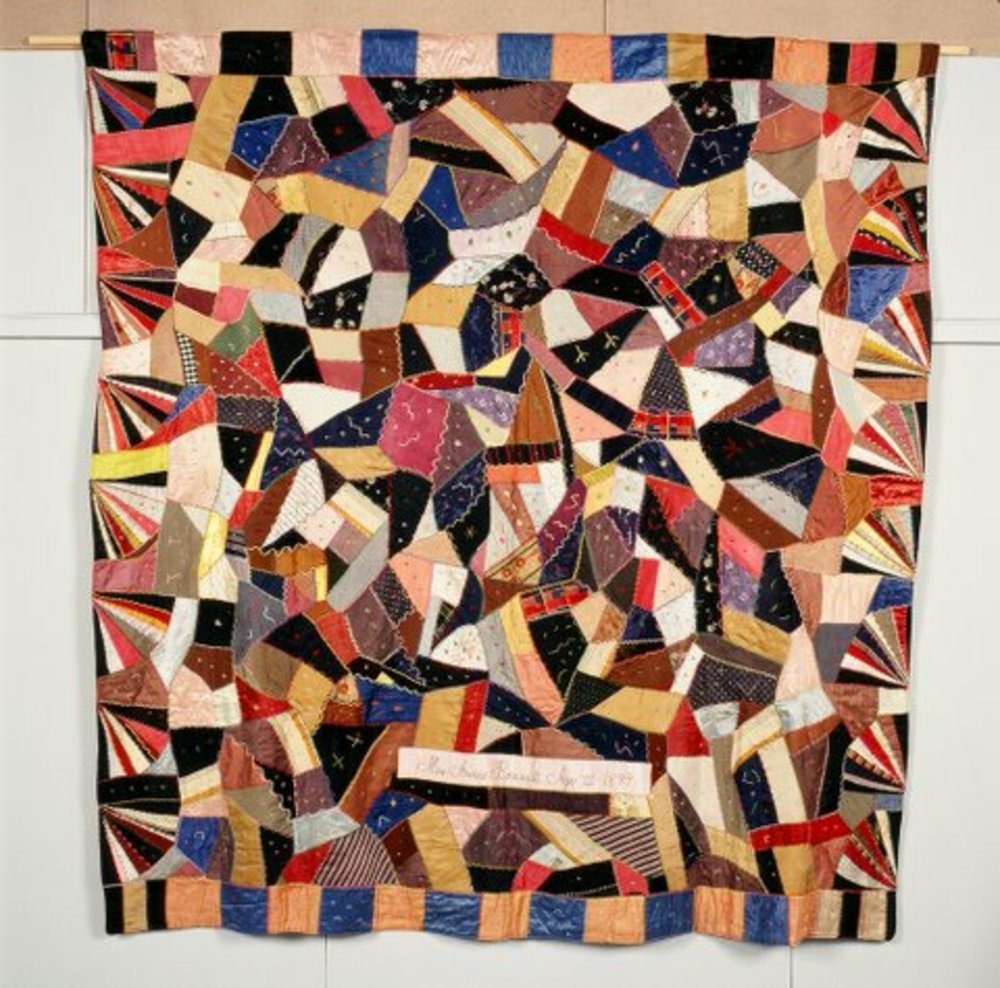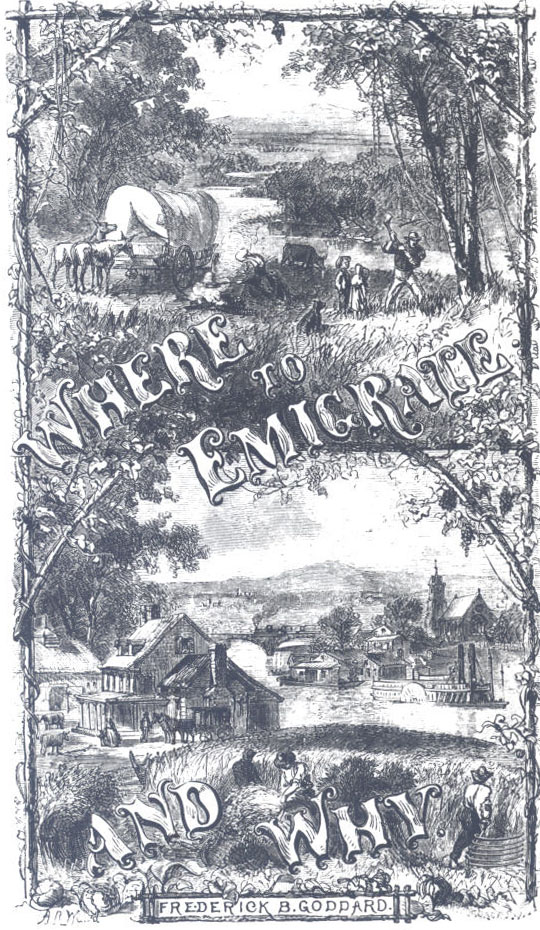Quilts made by and for women who traveled the Oregon Trail between 1840 and 1870 are known as Oregon Trail quilts. They were often made over an extended period of time or a sweep of distance and can be considered quilts of migration. Unlike quilts made for warmth and protection, some Oregon Trail quilts were meant to be kept as heirlooms, as visual records of human experiences. They are the traditional quilts that were made or given to acknowledge the passages in people’s lives and major events such as birth, educational accomplishment, marriage, community involvement, and death.
Oregon Trail quilts were made before, during, and after the journey, and some were made by women who waited while their men went west. Those women who later traveled by ship or railroad to join their husbands in Oregon often carried their stitched records with them. For those who did not make the journey, the quilts remained as symbols of changed plans or failed dreams. Family members stitched quilts to send west with departing sons and daughters, often with stitched and/or inked inscriptions of events, places, and people.
Quilt-making was an important part of the preparation for moving west, as women focused on the need for bedding and to make sure they had something to keep them emotionally connected to their past. As they journeyed west, women pieced quilts during the evening hours and layovers. They referred to quilts in their diaries and letters and made quilts to remember the families and friends who had stayed behind.
Oregon Trail quilts reflected the influence of the West, the direct exposure to outdoor living, the elements of weather, and the impressions the women had of western landscape. Other themes were the reliance on equipment and divine guidance to see them safely through their journeys.
After their families were firmly established in the West or later in their lives, many women returned to quilt-making, connecting them to an activity that had played an important part in their lives. Today, many of these quilts are documented in public collections such as the Oregon Quilt Project at the Willamette Heritage Center.
-
Quilt #3, Crazy.
Crazy quilt made long after Oregon Trail experience. Courtesy Lane County Museum of History, #1833
-
Quilt #1, Wandering Foot.
Wandering Foot quilt, made while on the Oregon Trail. Courtesy Mary Bywater Cross
-
Quilt #2, Peony.
Peony quilt made to accompany travelers on the Oregon Trail. Courtesy Douglas County Museum, #69.154.1
Related Entries
Related Historical Records
Map This on the Oregon History WayFinder
The Oregon History Wayfinder is an interactive map that identifies significant places, people, and events in Oregon history.
Further Reading
Hedges, Elaine "The 19th-Century Diarist and Her Quilts," in Thomas L. Frye, American Quilts: A Handmade Legacy. The Oakland Museum, 1980.
Mary Bywater Cross, Quilts of the Oregon Trail, Schiffer Books, 2007
Mary Bywater Cross, Treasures in the Trunk:Quilts of the Oregon Trail, Rutledge Hill Press, 1993.
Oregon Quilt Project. http://www.oregonquiltproject.org/







